11 Ways Even Good People Make Their Pets More Anxious, According To Research
Regardless of how much we love our pets, even the best owners can make mistakes.
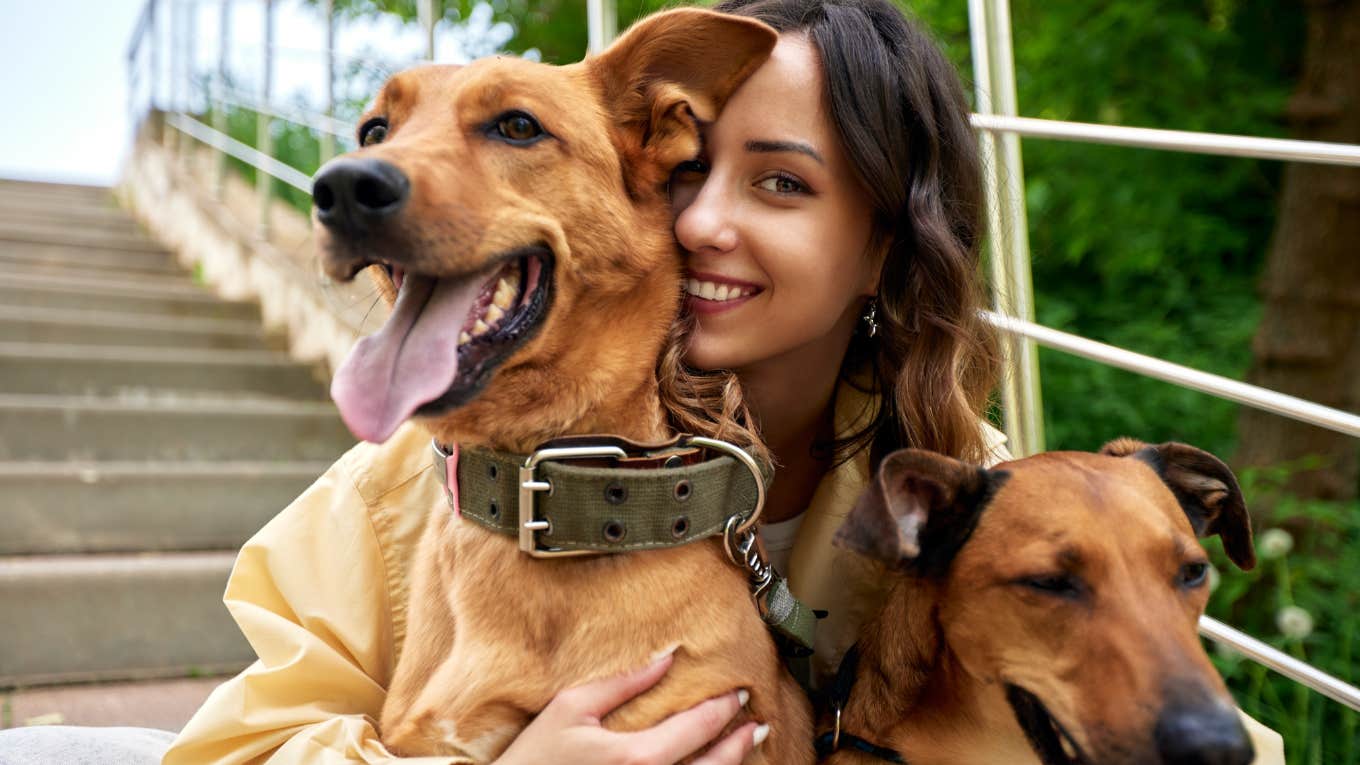 Gerain0812 | Shutterstock
Gerain0812 | Shutterstock Pet owners recognize that the bond with our furry friends is unbreakable. Our affection for them is founded on mutual trust, emotional connection, and the joy they bring to our lives.
However, even the most dedicated owners who strive to ensure their pets' well-being may overlook some steps and unintentionally cause emotional distress to their companions. While no pet owner is perfect, knowing these common mistakes can help mitigate pets' anxiety and create a calmer, less stressful environment.
Here are 11 ways even good people make their pets more anxious, according to research:
1.Unstable routines disrupt pets' stability and heighten anxiety.
 Piotr Braniewski | Shutterstock
Piotr Braniewski | Shutterstock
Our pets thrive on a steady routine that assures them they will be fed, let outside, and when their owners will be home every day. Any sudden changes to a schedule that they are familiar with can cause confusion and anxiety.
Like us humans, our furry friends rely on structure and consistency in their everyday lives, especially dogs who need to know when they will be walked and let outside by their owners each day.
“Dogs thrive on consistency and benefit from knowing what to expect,” Sassafras Patterdale, a Certified Professional Dog Trainer, shared with the American Kennel Club.
“Routines can support every aspect of your relationship with your dog, from house training to grooming to preventing behavioral challenges and boosting canine confidence.”
However, Patterdale advises dog owners not to create a rigid routine, as life does not always go as planned.
“For example, if you always feed your dog breakfast at exactly the same time, your pet is going to get antsy if you suddenly decide to sleep in. Instead of building a routine at a specific time, prioritize creating consistency around your pet’s training or exercise and where your dog eats their meals,” they claimed. “This can help support pets without making them rigidly dependent on exact timeliness.”
2.Insufficient training causes pets to feel confused and insecure.
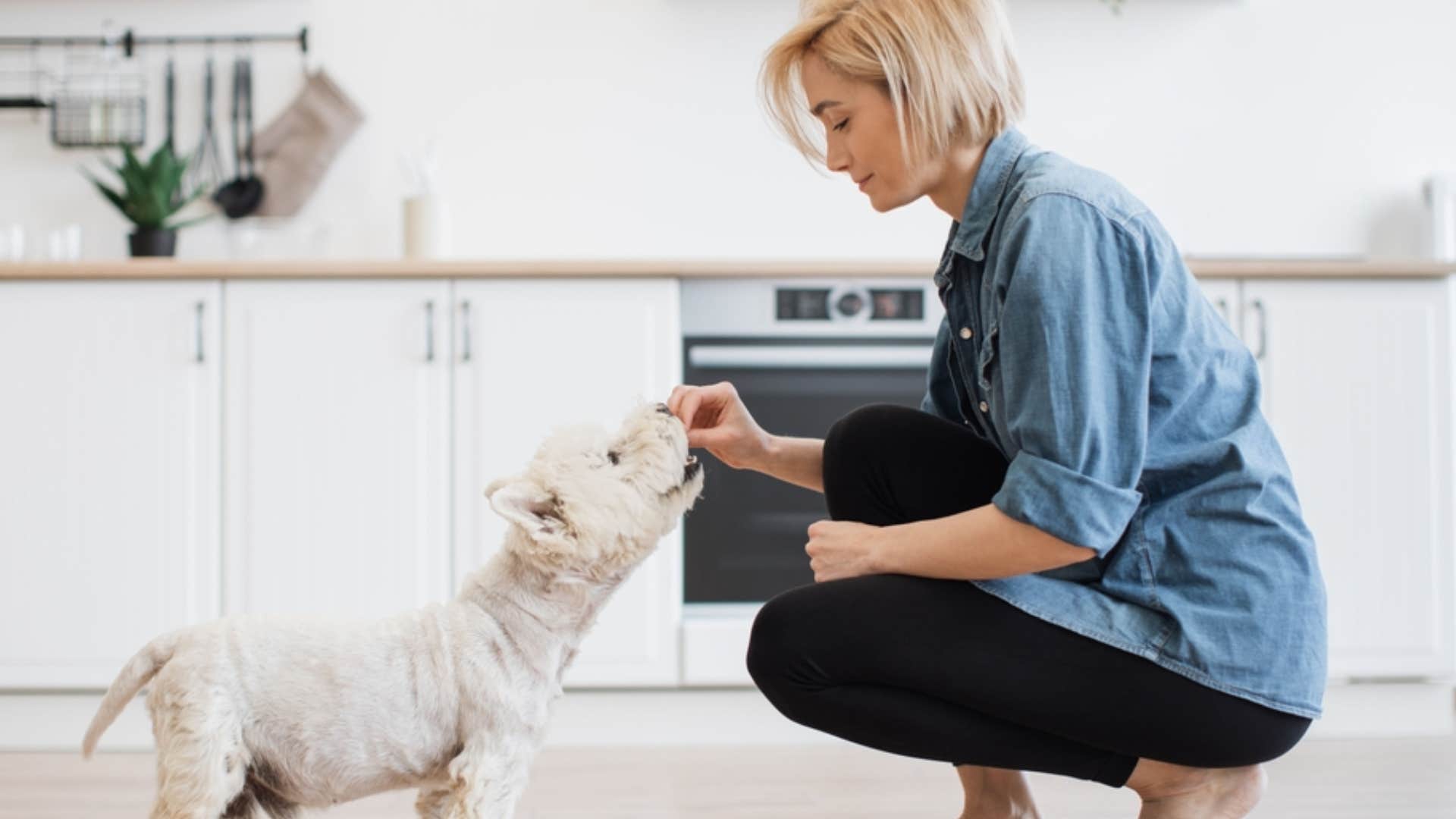 SofikoS | Shutterstock
SofikoS | Shutterstock
This mainly applies to dog owners since cats don’t require much training. Without clear and consistent boundaries that outline what your pet is and isn’t allowed to do, your pet may feel uncertain and insecure in your home.
Training your dog is an essential component of responsible dog ownership. It is a means of communication between dogs and their owners and enables them to understand proper cues and commands.
A lack of training causes dogs to struggle to interpret their owners' expectations, leading to confusion and frustration for both the dog and the owners.
Dogs who receive consistent and effective training are more secure and confident in themselves and their owners. Research conducted by OffLeash K-9 Training showed that properly trained dogs had lower cortisol levels, less destructive behavior, an increased sense of security, and a deeper bond with their humans.
3.Excessive punishment increases fear and stress in pets.
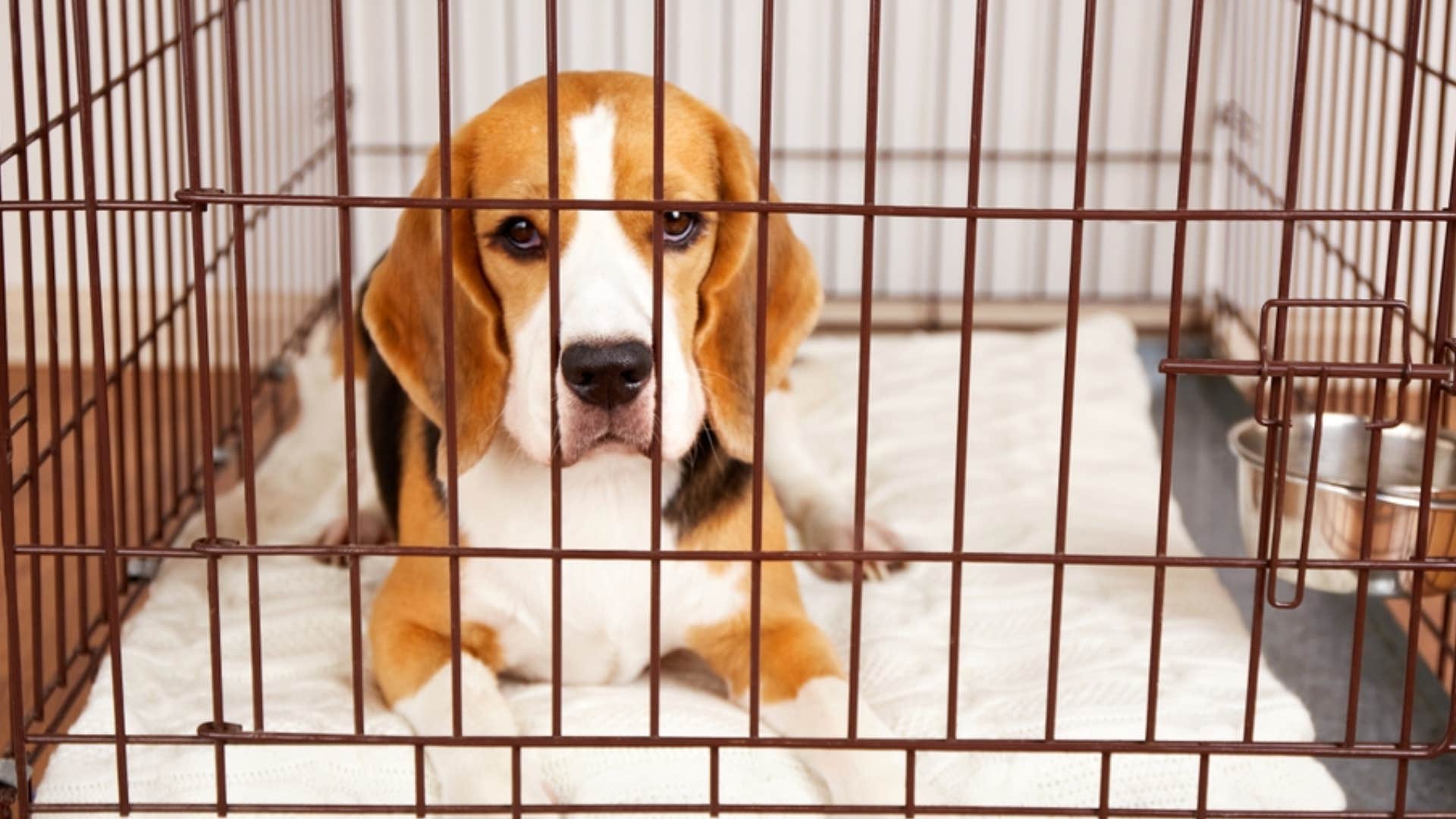 Viktorya Telmianova | Shutterstock
Viktorya Telmianova | Shutterstock
Pets who misbehave often know they’re in for crate time or no treats after dinner. However, some owners punish their pets whenever they don’t behave as expected, mistakenly believing this is effective discipline.
This can make their pets incredibly anxious and even fearful of their owners. Owners should focus on positive reinforcement rather than use excessive punishment to get their pets to listen.
According to Pets Aloud Veterinary, dogs respond better to encouragement and rewards than punishment. With every little victory marked by a treat and a word of encouragement, the bond between you and your pet strengthens.
4.Leaving pets alone for long periods can cause separation anxiety.
 eva_blanco | Shutterstock
eva_blanco | Shutterstock
Every pet owner is familiar with the wagging tail or the purring that greets them every time they arrive home — and the whimpers and sad faces every time they walk out the door.
Long periods of isolation, especially for dogs, who are social animals, can lead to separation anxiety and cause them great distress when left alone.
Not only are dogs prone to loneliness and anxiety when they are left alone for too long, but they are also at a greater risk of having accidents in the house.
So, how long is it too long to leave your dog alone? One veterinarian has the answer.
"An adult dog can typically wait six to eight hours between outside bathroom trips, and for puppies, this time frame can be as short as one to two hours, and the interval gets longer as they grow older," Jennifer Fryer, who is a special adviser at the American Society for the Prevention of Cruelty to Animals, told Newsweek.
"However, leaving a dog alone at any age risks accidents in the house or urinary tract infections from holding urine in for too long.”
If owners can help it, they should avoid leaving their dogs alone for too long, especially when they know their pets long to see them!
5.Too much affection can overstimulate pets and increase their stress.
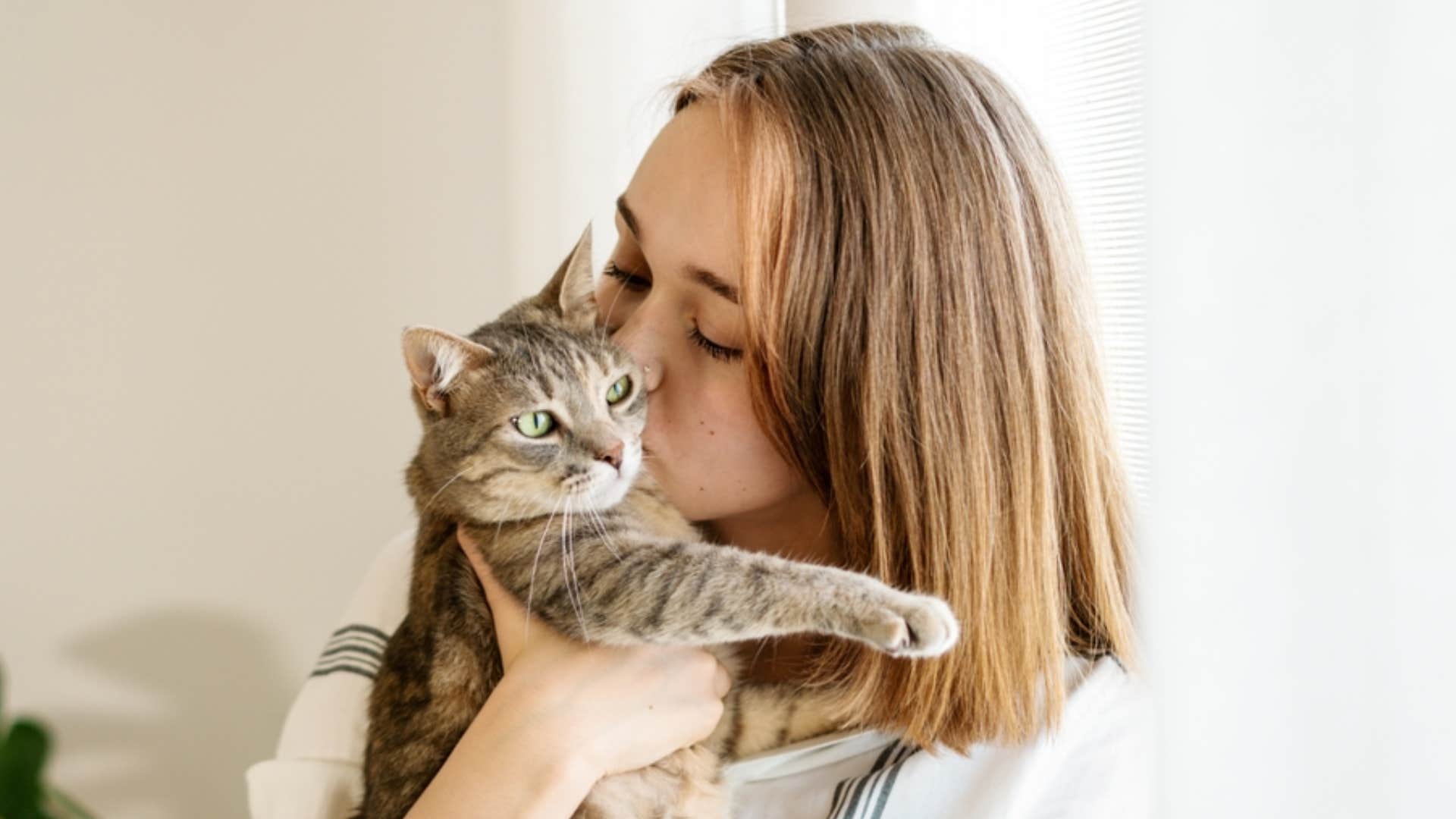 juliaap | Shutterstock
juliaap | Shutterstock
Even if some of us do not believe this to be possible, there is such a thing as too much affection for our pets. While we may think we are showering them with love with all of the cuddles, kisses, and hugs, this can easily be overwhelming.
Health psychologist Dr Adele Dickson even gathered research that proved giving your pets too much affection — specifically kisses on the mouth — could be life-threatening for them due to the spread of harmful bacteria humans could spread to them.
Even if they don’t become ill, pets can become overstimulated from constant affection. No matter how much they love us, they need their space like humans.
6.Unexpected changes in the environment increase pet anxiety.
 Mantikorra | Shutterstock
Mantikorra | Shutterstock
Even though life happens and change is inevitable, a transformation in the environment can be stressful for our pets. This can be from drastic changes such as moving homes or minor changes such as rearranging furniture.
Any change can be disorienting for animals used to a particular environment, primarily if the changes relate to noise levels, space availability, or the consistency of their daily routines.
7.Raising your voice frightens pets and can lead to long-term anxiety.
 Paul's Lady | Shutterstock
Paul's Lady | Shutterstock
Pets are especially sensitive to our tone and volume. Raising our voices and harsh vocalizations can make them anxious, and they may interpret our loud voices as threats.
A study conducted by Cold Spring Harbor Laboratory found that raising your voice at your dog specifically creates long-term trauma and the fear of loud voices rather than just being momentarily scared.
Raising your voice at your dog can also confuse it, and it may make it act more hyper and aggressive right back at you. Yelling sounds similar to barking to them, and they are likely to respond by barking louder to match your tone rather than calming down.
Even if you are trying to get your pets to obey a command, most training experts recommend using a soft, quiet voice that they are more likely to respond to with calmness and obedience.
8.Introducing new people or animals may overwhelm your pet.
 FamVeld | Shutterstock
FamVeld | Shutterstock
Introducing new people and even fellow animals to your pets can easily become an overwhelming situation for them. They may feel anxious and even threatened by new creatures in their presence.
Most pets have a history. Before they came into your life, they may have had bad experiences with other people and animals. Unfamiliar faces may exacerbate their anxiety.
When introducing your pets to new people and animals, it is best to let your pet take the lead. Do not rush them to approach the new people or animals, and keep your voices quiet and calm to avoid stressing them out even further.
9.Lack of physical exercise causes boredom and stress in pets.
 Boyloso | Shutterstock
Boyloso | Shutterstock
If pets aren’t given enough exercise or physical stimulation, they can quickly become bored and anxious. They may engage in behaviors such as chewing, digging, excessive barking, or meowing to express their frustration.
According to Oak West Animal Clinic research, physical stimulation is crucial for your pets’ health and overall development. It keeps them lean, enhances their cardiovascular health, and supplies them with a healthy outlet for excess energy.
Dogs can get their physical stimulation through daily walks, hikes, or time spent running out of energy outdoors, while cats can get it through interactive toys such as food puzzles and climbing trees.
10.Too many changes can overwhelm pets.
 Smrm1972 | Shutterstock
Smrm1972 | Shutterstock
Just as life changes can be challenging for people, they can also cause stress for pets, especially when significant changes occur simultaneously. New work schedules, moving homes, or having a new baby can all contribute to a pet’s anxiety when they are not gradually eased into the changes.
Even though change is inevitable, there are ways to make it easier for your pets. Consistency is everything. During transitions, keep your pets' feeding times, walks, and playtimes as consistent as possible.
Give them comfort items they recognize, like their favorite toys, blankets, and bedding, which can offer a sense of security.
11.Chaotic schedules create instability and raise pet anxiety.
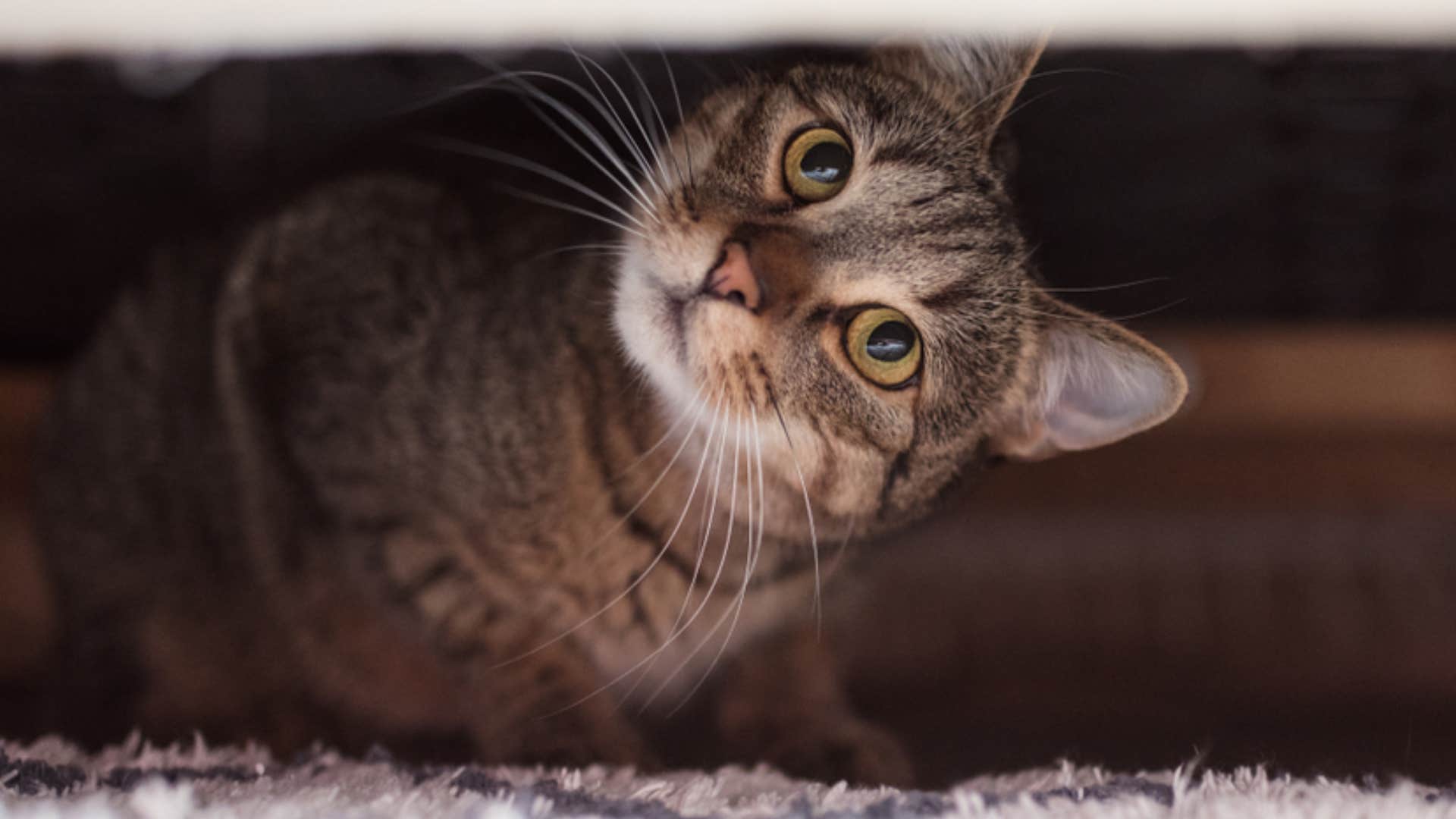 MyDannie | Shutterstock
MyDannie | Shutterstock
Stability comforts pets. If their owners always rush, frequently leave the house, or live in constant chaos, pets may feel unsettled and stressed.
They are creatures of habit who become anxious if they cannot predict when they will be fed or when their owners will be home.
Even though life can be chaotic, pet owners should strive to maintain stability and predictability to help them feel calm and secure.
Megan Quinn is a staff writer with a bachelor's degree in English and a minor in Creative Writing. She covers news and lifestyle topics that focus on justice in the workplace, personal relationships, parenting debates, and the human experience.

